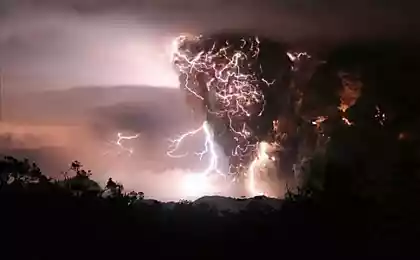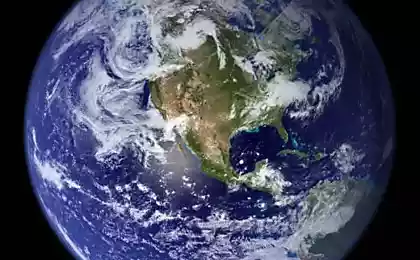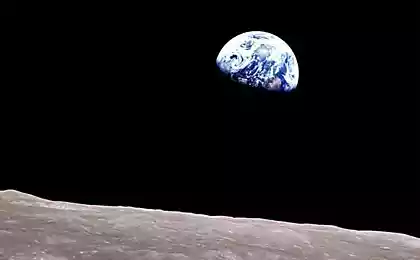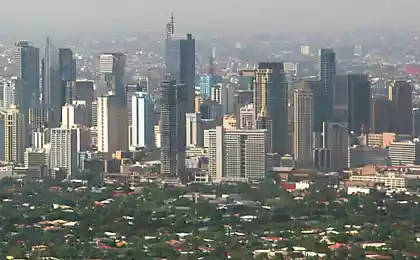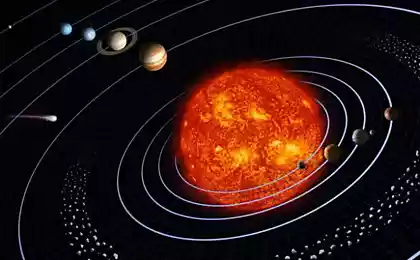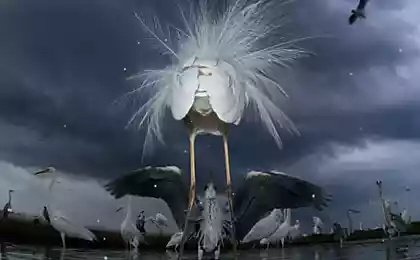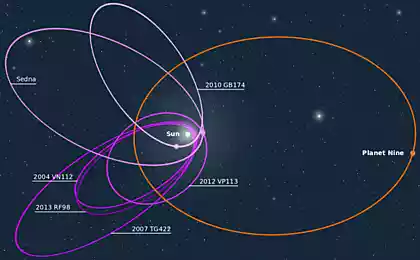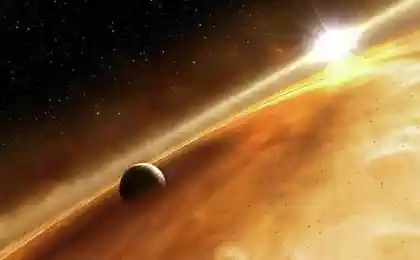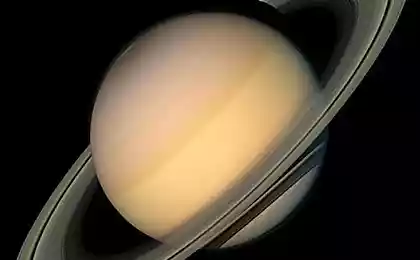2596
The strangest animal planet
In the picture you see Japanese giant salamander.
This is the largest amphibian, which can reach 160 cm in length and weight up to 180 kg and can live up to 150 years, though officially registered the maximum age of the giant salamander is 55 years old.
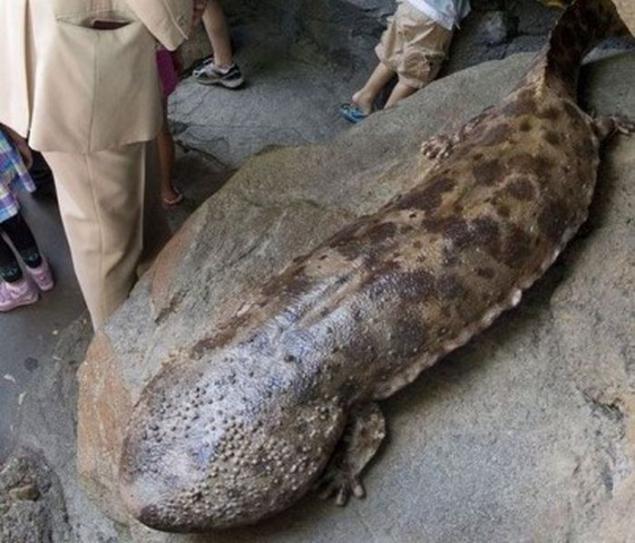

SOLENODON
Insectivorous mammal of the order is divided into two main types: the Cuban and Haitian SOLENODON. Relatively large, relative to other types of carnivorous beast: its length is 32 cm, and the tail, on average, 25 cm, weight of the animal - about 1 kilogram, dense physique.

Bearded pig
In view of the different sources of Bearded Pig is divided into two or three sub-species. It - curly bearded pig (Sus barbatus oi), who lives on the Malay Peninsula and the island of Sumatra, Bornean bearded pig (Sus barbatus) and Palawan Bearded Pig, who live, as the name implies, on the island of Borneo and Palawan, as well as in Java, Kalimantan and the small islands of the Indonesian archipelago in Southeast Asia.

Sumatran rhinos
They belong to the family of equine animals rhinoceros. This kind of rhino is the smallest of the entire family. The body length of an adult Sumatran rhino can reach 200 - 280 cm, and the height at the withers can range from 100 to 150 cm. These rhinos can weigh up to 1,000 kg.

Galago
His big bushy tail is clearly comparable with the squirrel. A charming attractive face and graceful movement, flexibility and enticing, vividly reflect his cat line. The amazing leaping ability, agility, strength and agility of this incredible animal clearly shows his funny nature and elusive cat proteins. Of course, it would be where to use their talents, because small cage for this very ill-suited. But if you give it a small animal sometimes a little bit of freedom and let him walk around the apartment, all its quirks and talents will become a reality. Many even compare it with a kangaroo.
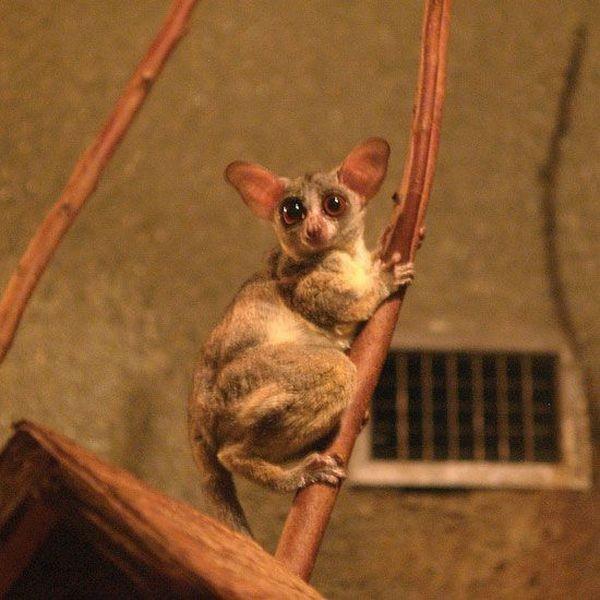
Sunfish
This fish may have a length of three meters and weigh about one and a half tons. The biggest instance of fish-moon was caught in New Hampshire, USA. Its length is five and a half meters, the missing data by weight. The shape of the body of the fish resembles a disk, it is this feature gave rise to the Latin name. A fish-moon skin has a large thickness. It is flexible, and its surface is covered with small bony prominences. The larvae of the species and fish juveniles float conventional manner. Adults large fish swim on his side, quietly moving fins. They seem to lie on the surface of the water, where they are very easy to spot and catch. However, many experts believe that the float so that only the sick fish. As an argument, they cite the fact that the stomach had caught on the surface of the fish are usually empty.

Tasmanian Devil
The world's largest carnivorous marsupial of modern, this animal black color with white spots on the chest and rump, with a huge mouth and sharp teeth has a stocky build and harsh temper, for which, in fact, has been called the devil. In issuing ominous cries at night, a massive and clumsy Tasmanian devil resembles a small bear: forelegs slightly longer back, a large head, blunt snout.

Lori
A characteristic feature of Lori - the large size of the eye, which may edging dark circles, between the eyes has white dividing strip. Lori muzzle can be compared with a clown mask. This is most likely due to the name of an animal: Loeris means "clown».

Foss
On the island of Madagascar have survived such animals that are not not only in Africa but throughout the rest of the world. One of the rarest animals is Voss - the only member of the genus Cryptoprocta and the largest carnivorous mammal that lives on the island of Madagascar. Exterior Foss little unusual: it is a cross between a puma and a small civets. Sometimes called Foss and Madagascan lion, as the ancestors of this animal were much larger and reached the size of a lion. Voss has a squat, massive and slightly elongated body, the length of which can reach up to 80 cm (at an average of 65-70 cm). Paws at Foss long, but thick enough, the hind legs higher than the front. The tail is often equal to the length of the body and reaches up to 65 cm.

Coconut crab
The representative of decapod crustaceans. Which is the habitat of the western tropical Pacific and Indian Ocean islands. This animal from the family land crabs large enough for its kind. The body reaches adult size up to 32 cm and a weight of 3 to 4 kg. For a long time mistakenly believe that their claws he can even split the coconuts that after eating. To date, scientists have proved that cancer can only eat already chopped coconuts. They, being its main source of food, and gave the name of the coconut crab. Although he is not averse to eat and other types of food - fruits of plants Pandanus, organic matter from the soil, and even their own kind.
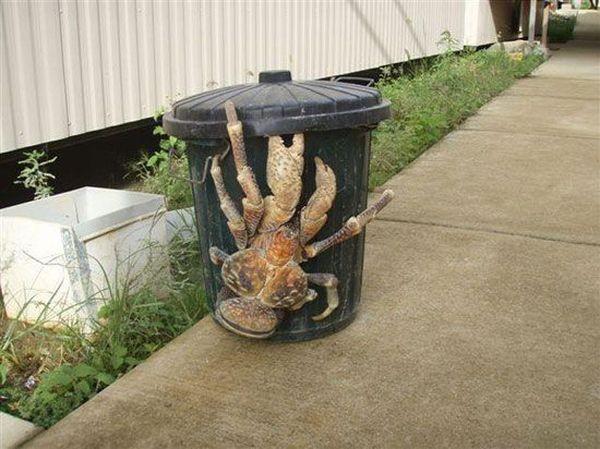
Tarsier
A small mammal of the order primates, very specific appearance is created around this small animal weighing up to one hundred and sixty grams more sinister aura. Thus, indigenous peoples of Indonesia and the Philippines tied ridiculous appearance tarsier with the antics of evil spirits. However, many of our contemporaries, who first see the tarsiers in its native habitat, are amazed by its nonstandard appearance.

Cordylidae
Habitat cordylidae covers rocky regions of Africa, with a dry climate, mainly on the southern side of the Sahara. In addition, a certain amount cordylidae inhabit and Madagascar. Cordylidae there are more than forty species. Dimensions cordylidae quite different and range from 12 to 70 centimeters in length. The entire body is covered with rectangular plates cordylidae - scales that cover the bone foundation reptile.
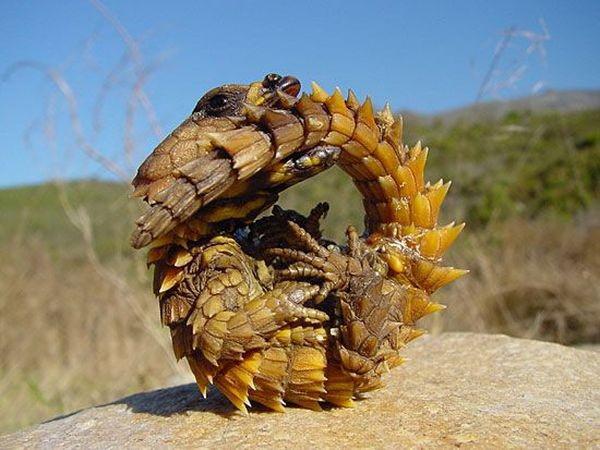
Purple Frog
Some animals were able to adapt to the data, at first glance, very difficult conditions and even learned how to benefit from the change of seasons. That's Native Indian purple frog (Nasikabatrachus sahyadrensis), which was opened as a species only recently - in 2003, it uses the monsoon usefully - for procreation.
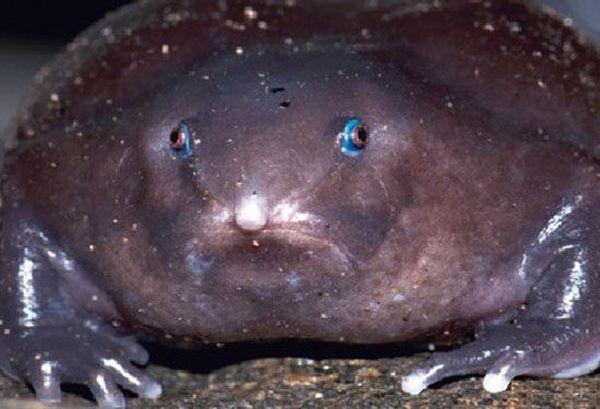
Rukonozhka
Rukonozhka or Madagascan aye-aye, a mammal of the suborder prosimians; the only representative of the family rukonozhek. The body length of 40 cm, 60 cm tail. The head is large, the muzzle is short; the ears are large, leathery. The tail is bushy. Coat color from dark brown to black.
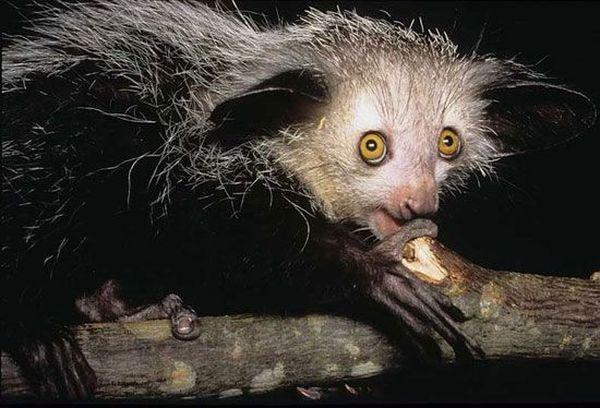
Star-nosed mole
Insectivorous mammal of the family of mole. Externally, the star-nosed mole is different from the other members of the family and other small animals only his peculiar structure of the stigma in a rosette or star of 22 soft fleshy movable bare beams. In size, shovel forelegs, thick, velvety fur (black or dark brown) similar to the European mole.
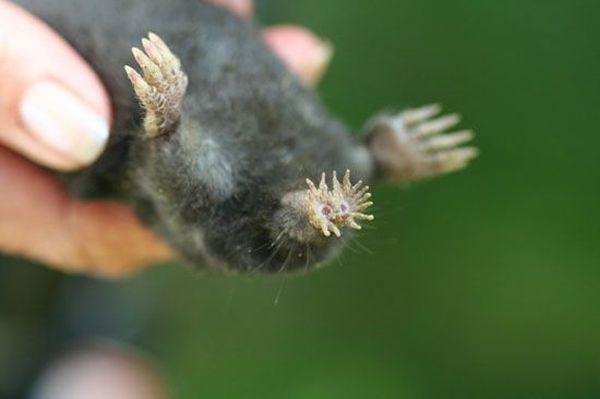
Source: vsegda-tvoj.livejournal.com
This is the largest amphibian, which can reach 160 cm in length and weight up to 180 kg and can live up to 150 years, though officially registered the maximum age of the giant salamander is 55 years old.


SOLENODON
Insectivorous mammal of the order is divided into two main types: the Cuban and Haitian SOLENODON. Relatively large, relative to other types of carnivorous beast: its length is 32 cm, and the tail, on average, 25 cm, weight of the animal - about 1 kilogram, dense physique.

Bearded pig
In view of the different sources of Bearded Pig is divided into two or three sub-species. It - curly bearded pig (Sus barbatus oi), who lives on the Malay Peninsula and the island of Sumatra, Bornean bearded pig (Sus barbatus) and Palawan Bearded Pig, who live, as the name implies, on the island of Borneo and Palawan, as well as in Java, Kalimantan and the small islands of the Indonesian archipelago in Southeast Asia.

Sumatran rhinos
They belong to the family of equine animals rhinoceros. This kind of rhino is the smallest of the entire family. The body length of an adult Sumatran rhino can reach 200 - 280 cm, and the height at the withers can range from 100 to 150 cm. These rhinos can weigh up to 1,000 kg.

Galago
His big bushy tail is clearly comparable with the squirrel. A charming attractive face and graceful movement, flexibility and enticing, vividly reflect his cat line. The amazing leaping ability, agility, strength and agility of this incredible animal clearly shows his funny nature and elusive cat proteins. Of course, it would be where to use their talents, because small cage for this very ill-suited. But if you give it a small animal sometimes a little bit of freedom and let him walk around the apartment, all its quirks and talents will become a reality. Many even compare it with a kangaroo.

Sunfish
This fish may have a length of three meters and weigh about one and a half tons. The biggest instance of fish-moon was caught in New Hampshire, USA. Its length is five and a half meters, the missing data by weight. The shape of the body of the fish resembles a disk, it is this feature gave rise to the Latin name. A fish-moon skin has a large thickness. It is flexible, and its surface is covered with small bony prominences. The larvae of the species and fish juveniles float conventional manner. Adults large fish swim on his side, quietly moving fins. They seem to lie on the surface of the water, where they are very easy to spot and catch. However, many experts believe that the float so that only the sick fish. As an argument, they cite the fact that the stomach had caught on the surface of the fish are usually empty.

Tasmanian Devil
The world's largest carnivorous marsupial of modern, this animal black color with white spots on the chest and rump, with a huge mouth and sharp teeth has a stocky build and harsh temper, for which, in fact, has been called the devil. In issuing ominous cries at night, a massive and clumsy Tasmanian devil resembles a small bear: forelegs slightly longer back, a large head, blunt snout.

Lori
A characteristic feature of Lori - the large size of the eye, which may edging dark circles, between the eyes has white dividing strip. Lori muzzle can be compared with a clown mask. This is most likely due to the name of an animal: Loeris means "clown».

Foss
On the island of Madagascar have survived such animals that are not not only in Africa but throughout the rest of the world. One of the rarest animals is Voss - the only member of the genus Cryptoprocta and the largest carnivorous mammal that lives on the island of Madagascar. Exterior Foss little unusual: it is a cross between a puma and a small civets. Sometimes called Foss and Madagascan lion, as the ancestors of this animal were much larger and reached the size of a lion. Voss has a squat, massive and slightly elongated body, the length of which can reach up to 80 cm (at an average of 65-70 cm). Paws at Foss long, but thick enough, the hind legs higher than the front. The tail is often equal to the length of the body and reaches up to 65 cm.

Coconut crab
The representative of decapod crustaceans. Which is the habitat of the western tropical Pacific and Indian Ocean islands. This animal from the family land crabs large enough for its kind. The body reaches adult size up to 32 cm and a weight of 3 to 4 kg. For a long time mistakenly believe that their claws he can even split the coconuts that after eating. To date, scientists have proved that cancer can only eat already chopped coconuts. They, being its main source of food, and gave the name of the coconut crab. Although he is not averse to eat and other types of food - fruits of plants Pandanus, organic matter from the soil, and even their own kind.

Tarsier
A small mammal of the order primates, very specific appearance is created around this small animal weighing up to one hundred and sixty grams more sinister aura. Thus, indigenous peoples of Indonesia and the Philippines tied ridiculous appearance tarsier with the antics of evil spirits. However, many of our contemporaries, who first see the tarsiers in its native habitat, are amazed by its nonstandard appearance.

Cordylidae
Habitat cordylidae covers rocky regions of Africa, with a dry climate, mainly on the southern side of the Sahara. In addition, a certain amount cordylidae inhabit and Madagascar. Cordylidae there are more than forty species. Dimensions cordylidae quite different and range from 12 to 70 centimeters in length. The entire body is covered with rectangular plates cordylidae - scales that cover the bone foundation reptile.

Purple Frog
Some animals were able to adapt to the data, at first glance, very difficult conditions and even learned how to benefit from the change of seasons. That's Native Indian purple frog (Nasikabatrachus sahyadrensis), which was opened as a species only recently - in 2003, it uses the monsoon usefully - for procreation.

Rukonozhka
Rukonozhka or Madagascan aye-aye, a mammal of the suborder prosimians; the only representative of the family rukonozhek. The body length of 40 cm, 60 cm tail. The head is large, the muzzle is short; the ears are large, leathery. The tail is bushy. Coat color from dark brown to black.

Star-nosed mole
Insectivorous mammal of the family of mole. Externally, the star-nosed mole is different from the other members of the family and other small animals only his peculiar structure of the stigma in a rosette or star of 22 soft fleshy movable bare beams. In size, shovel forelegs, thick, velvety fur (black or dark brown) similar to the European mole.

Source: vsegda-tvoj.livejournal.com



